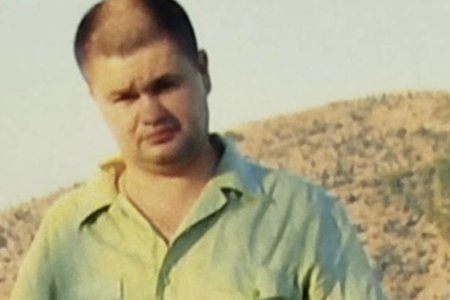
During Russia’s all-out war against Ukraine the Kherson Region became a part of the country with the highest number of enforced disappearances and illegal detention among civilians. To date (24 June 2022) 412 victims of these crimes have been identified.
The phenomenon is widespread, ranging from the smallest villages and settlements to the city of Kherson and other district administrative centres. It has become the chief instrument of pressure on the civilian population of the Kherson Region, the principal means of combatting citizens with strongly pro-Ukrainian views, a way to force cooperation with the occupation regime and suppress freedom of speech and opinion in general.
Crimes against civilians linked to their disappearance fall into two categories:
– enforced disappearances of people whose subsequent fate we do not know, 286 victims. Most often these were kidnappings followed by detention without any contact with the outside world;
– illegal imprisonment. Arrest / kidnapping lasting up to two weeks, after which the individual was released: 68 victims.
We would like to draw special attention to the kidnapping of 58 orphans in the city of Kherson and their subsequent relocation to an unknown destination.
1. ENFORCED DISAPPEARANCES
1.1 Targeted groups
An analysis of recorded cases of enforced disappearance gives some understanding of their purpose and the identity of those targeted.
The largest group among the 286 victims of enforced disappearance were former participants in the anti-terrorist operation (ATO) from 2014-2018. They account for 52 cases or 18% of the total. Participants in pro-Ukrainian rallies, volunteers and activists made up 49 cases or 17%. There has been an attempt, in other words, to suppress the Ukrainian resistance by fighting its active proponents, and incapacitating those with combat experience who could potentially become part of an armed resistance.
Another targeted group were Crimean Tatars (21 cases, 7.5 %). In part, this was because of their predominantly pro-Ukrainian position; in part, it is because persecution following the peninsula’s annexation in 2014 drove some of them to leave the Autonomous Republic of Crimea and settle in the Kherson Region (mostly in Genichesk district). Until the present war broke out, they were beyond the reach of Russian persecution.
The kidnapping of local government officials (19 cases, 6.6%) and deputies of local councils (15 cases, 5.2%) formed part of the occupying forces’ attempt to persuade them to collaborate. This was needed to “legitimise” the occupation in the eyes of Ukrainian citizens; in particular, it reinforced the narrative that “Ukraine has abandoned you”, “Everything will be better under the new government”. It established the occupying forces’ chain of command and was part of the struggle against pro-Ukrainian sentiments. Finally, it was an attempt to foster the “image” of a supposedly peaceful and voluntary transfer of Ukrainian territory and population to Russia. This tactic, it may benoted, has enjoyed some success locally. The vast majority of kidnapped and subsequently released officials were forced to leave the occupied territory and were replaced by other loyal but illegitimate “leaders”.
A similar rationale lay behind the enforced disappearance of former law-enforcement officers (14 cases, 5%). The authorities listed many of kidnapped individuals in this category, it should be noted. Familiarization with the lists of “employees of the occupying authorities”, including “law enforcement”, shows that a large number were retired/former employees of law-enforcement agencies (especially since 1992).
Since the end of the school year, the Russian military has been trying to persuade teachers to cooperate and adopt Russian programs. The vast majority of teachers refused: in the city of Kherson, for example, out of 60 educational institutions, only 2 agreed to cooperate.This led to increased pressure on teachers and 11 cases (4%) of disappearances were recorded among them. This mainly applied to the heads of educational institutions, after which there was a “change of leadership” and their replacement by willing collaborators.
Farmers and heads of agricultural enterprises (6 cases, 2%) were also targeted by the Russian military and occupation authorities. We received information about numerous cases when agricultural producers were pressured into dividing their output 70/30 with the occupying forces, leaving only 30 % of the harvest to its owner. Machinery was seized, as were fertilizer and other property of those farmers who refuse to work with the occupation regime. They were also forbidden to export what they produced, with that preference being assigned to collaborators.
Other targeted groups included journalists (2), clergy (2) and prisoners (2).
In three cases we received confirmed of an individual’s death after kidnapping.
This quantitative overview is not universal or complete: in 92 cases it was not possible to establish the reasons for the kidnapping.
The gathering of information, especially details and circumstances of the kidnappings, was complicated by the lack of mobile phone communication and the Internet in most of the Region’s small settlements.
1.2 The circumstances of disappearances
From an analysis of the circumstances of the kidnappings preceding disappearances, we learned that:
- in 123 cases, 45% of the total, Russian troops kidnapped people from their homes. This was evidence of a purposeful “hunt” for those individuals, and it indirectly confirms information from open sources that the enemy had lists of activists, ATO participants, heads of local government, and of former and acting law-enforcement officers;
- in 40 cases people were detained at checkpoints (14%). According to witnesses, this often happened after information was found during the check in a list used by the Russian military;
- in 20 cases (7%) the kidnapping happened at the workplace; this mostly affected officials and teachers;
- in 28 cases (10%) the victims were kidnapped from rallies held by local residents against the Russian invasion and occupation during the first months of the war. Some rally participants were kidnapped later, we may note, when they were on their way home or had already got there;
- 37 kidnappings (13%) took place on the street, after which the individuals disappeared;
- in 38 cases (13%) we could not be sure about the circumstances of the kidnapping.
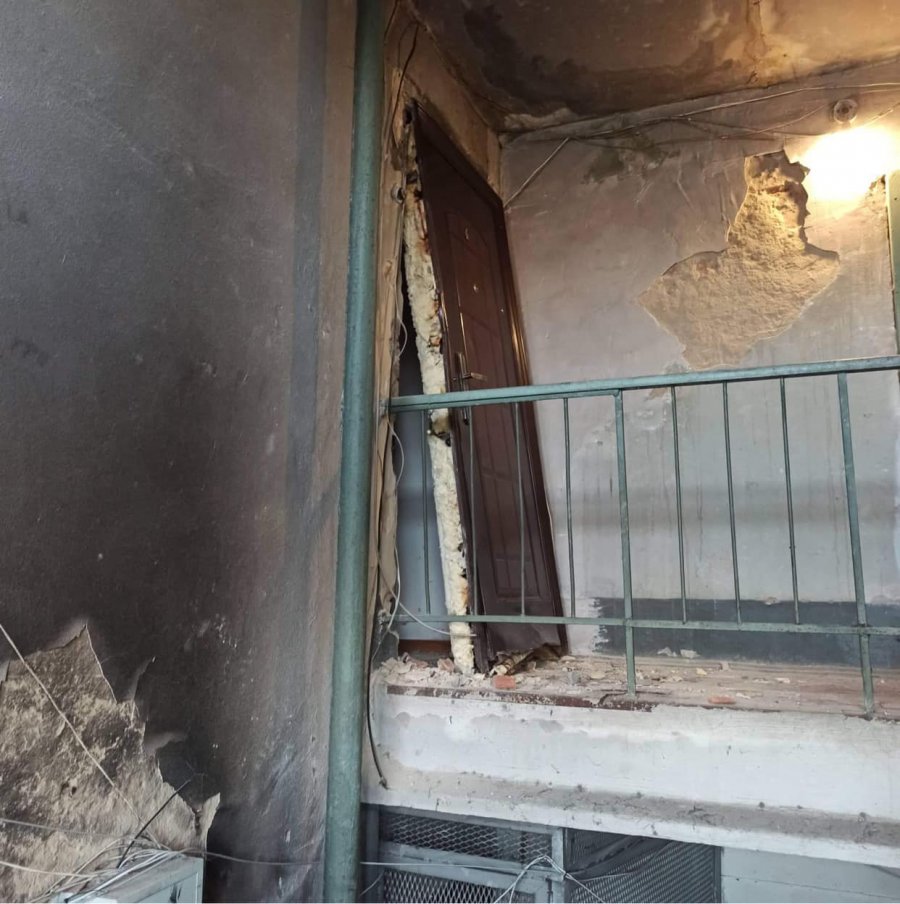
2. ILLEGAL DETENTION
2.1. Targeted groups
The breakdown of individuals who were unlawfully imprisoned is fundamentally different from that of enforced disappearances. A total of 68 cases were recorded, including:
- nine local government officials(13%),
- five local council deputies (7%),
- four activists/volunteers (6%), and
- five former ATO participants (7 %).
The Russian military held the majority of these people for a long time.
The following were also illegally detained:
- Six former law-enforcement officers (9%);
- Five Crimean Tatars (7%);
- Two farmers (3%);
- Two teachers (3%);
- One journalist (2%).
The causes of illegal detention could not be established in 29 cases.
2.2 The circumstances of illegal detention
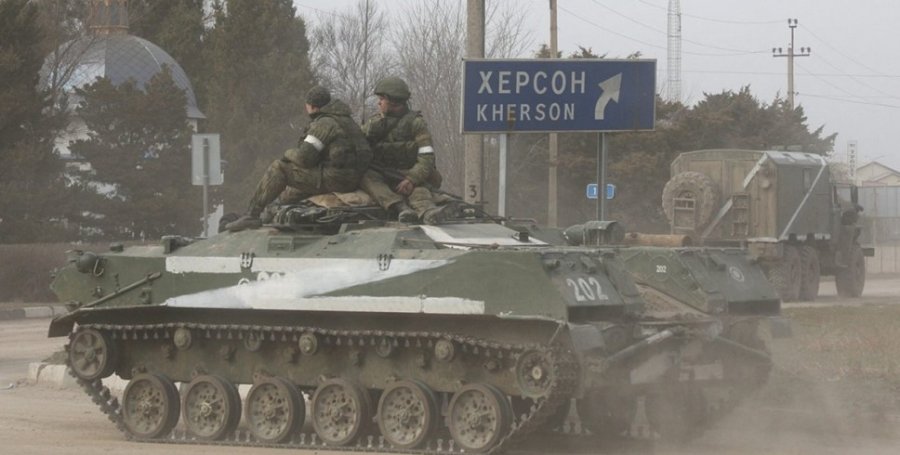
An analysis of the circumstances of illegal imprisonment shows that:
- in 29 cases (43%) the Russian military detained people on the street.An analysis of the subjective composition of these victims and their terms of detention shows that such acts of detention were very often “accidental”, due to measures of filtration and contain signs of “checking” people;
- in 16 cases (24%) individuals were detained at home;
- in nine cases (13%) they were seized at their workplace, usually this affected officials and teachers;
- in four cases (6%) these were kidnappings from rallies held by local residents against the Russian invasion and occupation in the first months of the war;
- in three cases (4%) the place is unknown;
- in two cases (3%) the arrests took place at the checkpoints.
3. LENGTH OF CAPTIVITY
In cases of enforced disappearance, the terms of captivity after kidnapping were as follows:
- under one month, 75 cases (26%);
- between one and two months, 121 case (42%);
- between two and three months, 71 case (25%);
- more than three months, 19 cases (7%).
In cases of unlawful deprivation of liberty, the most common options were:
- under five days, 50 cases (73%)
- between five days and two weeks, 18 cases (27%).
This information is constantly changing as we continue to record systematic kidnappings and disappearances.
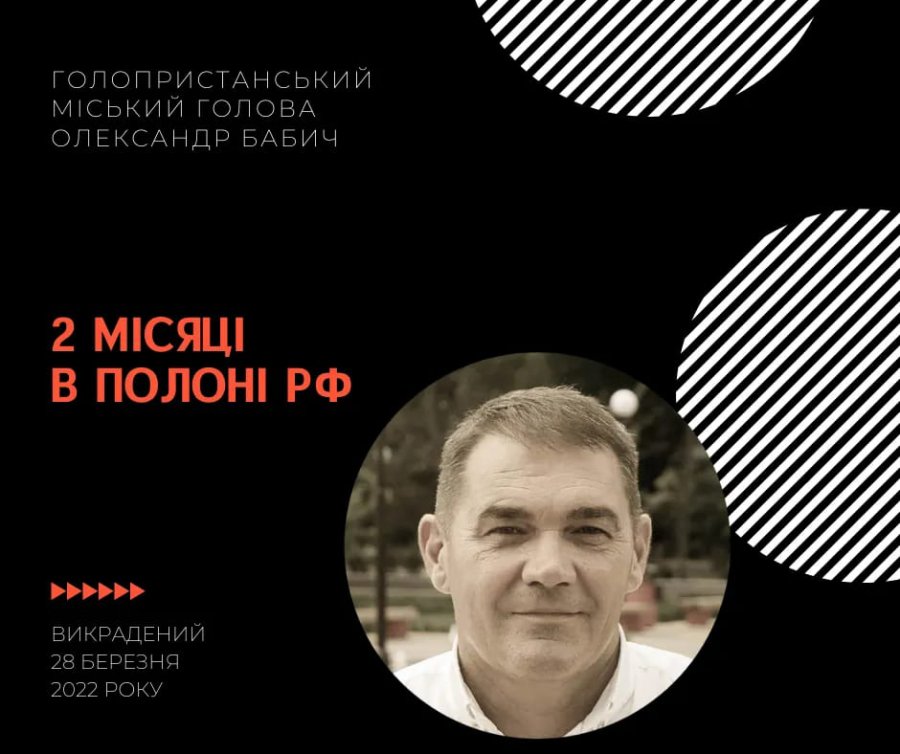
The number of recorded cases of illegal detention/imprisonment, we may note, is proportionally less accurate than for cases of enforced disappearance. In many cases the relatives of detainees/kidnapped individuals do not seek help immediately but wait for several days. As a result, we do not know a significant number of short-term detentions.
4. TORTURED IN CAPTIVITY
From personal communication with the victims of kidnapping victims and their media interviewswe know that in a great many cases detainees were subjected to psychological and physical abuse. Torture was frequent.
Here are some examples.
1. Victor Marunyak
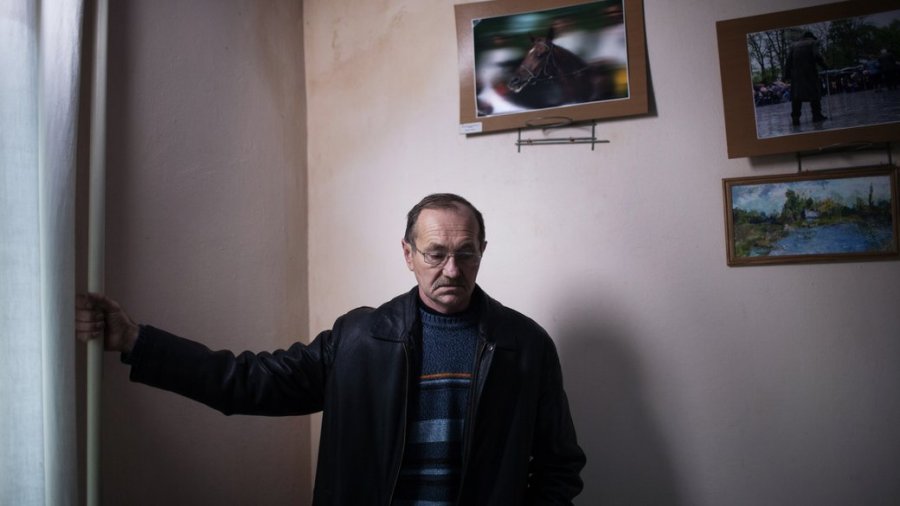
Victor Marunyak, the head of Stara Zburyivka village (Skadovsky district)
*
2. Father Serhiy Chudynovych
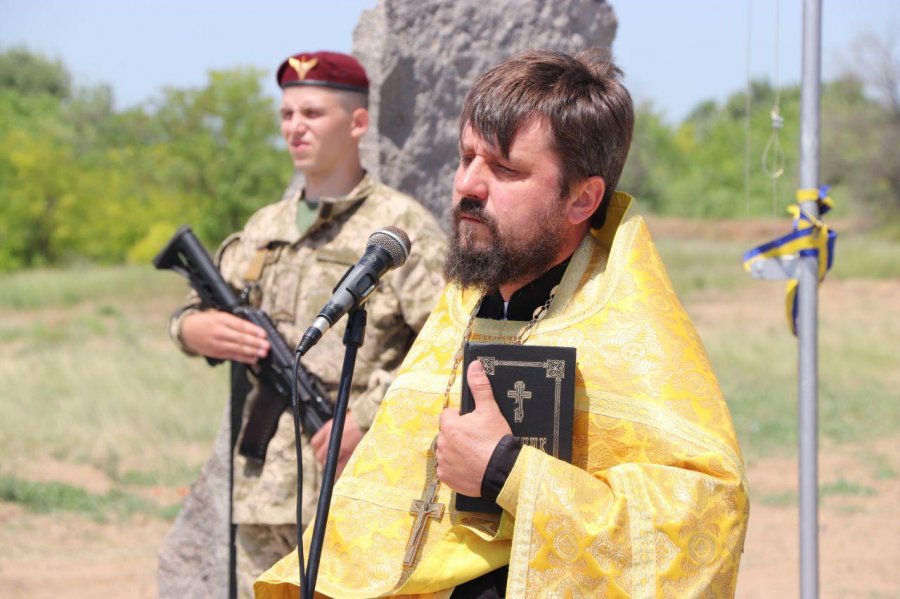
A priest of the Ukrainian Orthodox Church Father Serhiy Chudynovych:
*
3. Nazar Kagalnyak
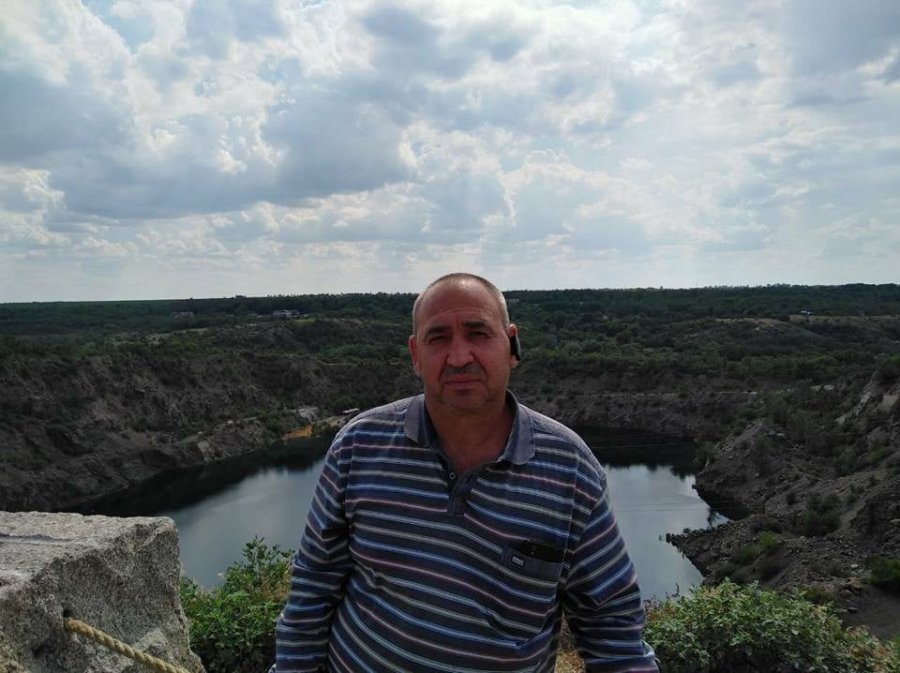
Nazar V. Kagalnyak, a veteran of the ATO, died of torture.
*
4. Oleg Baturyn
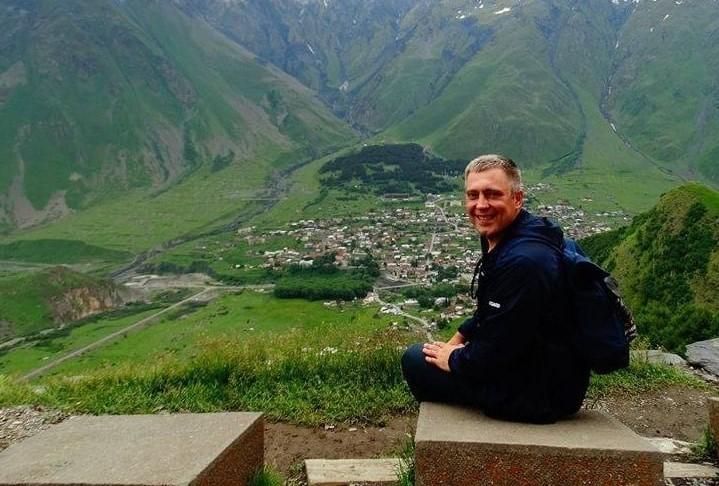
Oleg Baturyn, a journalist of the Kherson newspaper Novy Den, was held captive for eight days after being abducted:
*
5. Serhiy Boychenko
On 18 June 2022, it became known that the Russian military had kidnapped and tortured an officer of the Ukrainian Emergency Service, Serhiy Boychenko, in Skadovsk. His dead body was found at night.
*
6. Serhiy Morozov
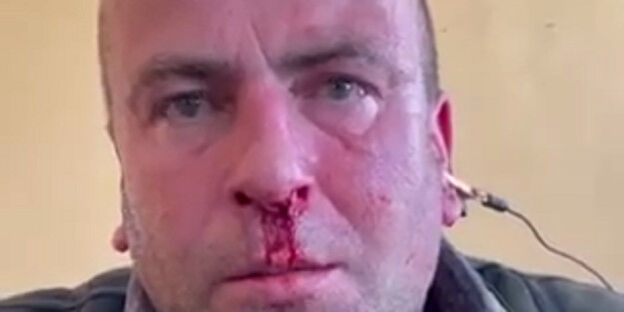
In the Kherson Region, the Russian invaders tortured a local resident, Serhiy Morozov, with electric current and published the evidence themselves. As well as attaching an electrified wire to his ear, he received facial wounds which are visible in this photograph.
*
7. Mykhailo Burak

After spending two days in captivity following his kidnap by the Russian military, Mykhailo Burak, chairman of the Bekhtery village council (Skadovsky district) arrived at hospital with numerous injuries.
5. PLACES OF DETENTION

Today we know of at least six sites in the Kherson Region, three in the cityitself, where abducted people have been detained and tortured:
- A garage near the Defence Department in Nova Kakhovka;
- The National Police department: 4 Luteranska Street, Kherson;
- The interrogation & detention centre: 3 Teploenergetykiv Street, Kherson;
- The pre-trial detention centre: Perekopska Street, Kherson;
- Daryivka correctional colony (No.10) in Daryivka village (Bilozersky district); and
- The higher vocational school (No. 17): 88 Parizka Communa Street, Genychesk town.
*
As part of the global “Tribunal for Putin” (T4P) initiative, NGOs in Ukraine continue to gather information about alleged international crimes.
If you have any additional information, please fill in the attached form.
We will be grateful for original photos and video evidence illustrating war crimes (unprocessed data, not taken from social networks), and shall use them to obtain metadata.
Translation, Vitaly Konkin and John Crowfoot



